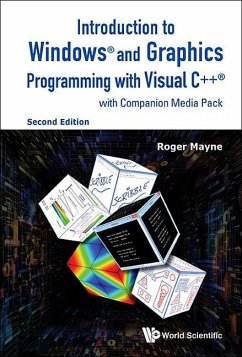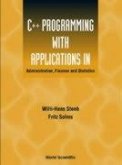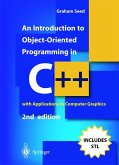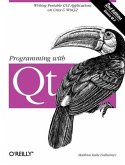Introduction to Windows and Graphic Programming with Visual C++ (2nd Edition) provides an accessible approach to the study of Windows programming with Visual C++. It is intended to be an introduction to Visual C++ for technical people including practicing engineers, engineering students, and others who would like to understand Windows programming and use its inherent graphic capabilities as programming platform. While the book is aimed at a technical audience, its mathematical content is modest and should be readable by most people interested in C++ programming. It introduces readers to Windows programming in a natural way; making use of the object-oriented environment, Microsoft Foundation Classes (MFC), and document/view organization to provide a visual programming environment to support the development of program from design to debug. This second edition brings the original book up to date with Visual C++ Version 2013. All example projects, figures and text in the book have been revised to reflect the evolution of Visual C++ and the current Windows environment. New materials include a discussion of touch screen programming, examples which demonstrate touch screen operations using the programming strategies developed throughout the book, and their applications in the tablet environment. The structure and coding for each example in the book are described thoroughly in a step-by-step fashion. Sample graphics projects require only standard Microsoft resources. Exercises at the end of each chapter provide opportunities to revisit and extend the tutorial examples. More than sixty example projects are provided in the book's Companion Media Pack. The files include complete program codes for all examples, and files for classes and functions for handling geometric objects and graphs which may be easily adapted for a wide variety of application programs.








